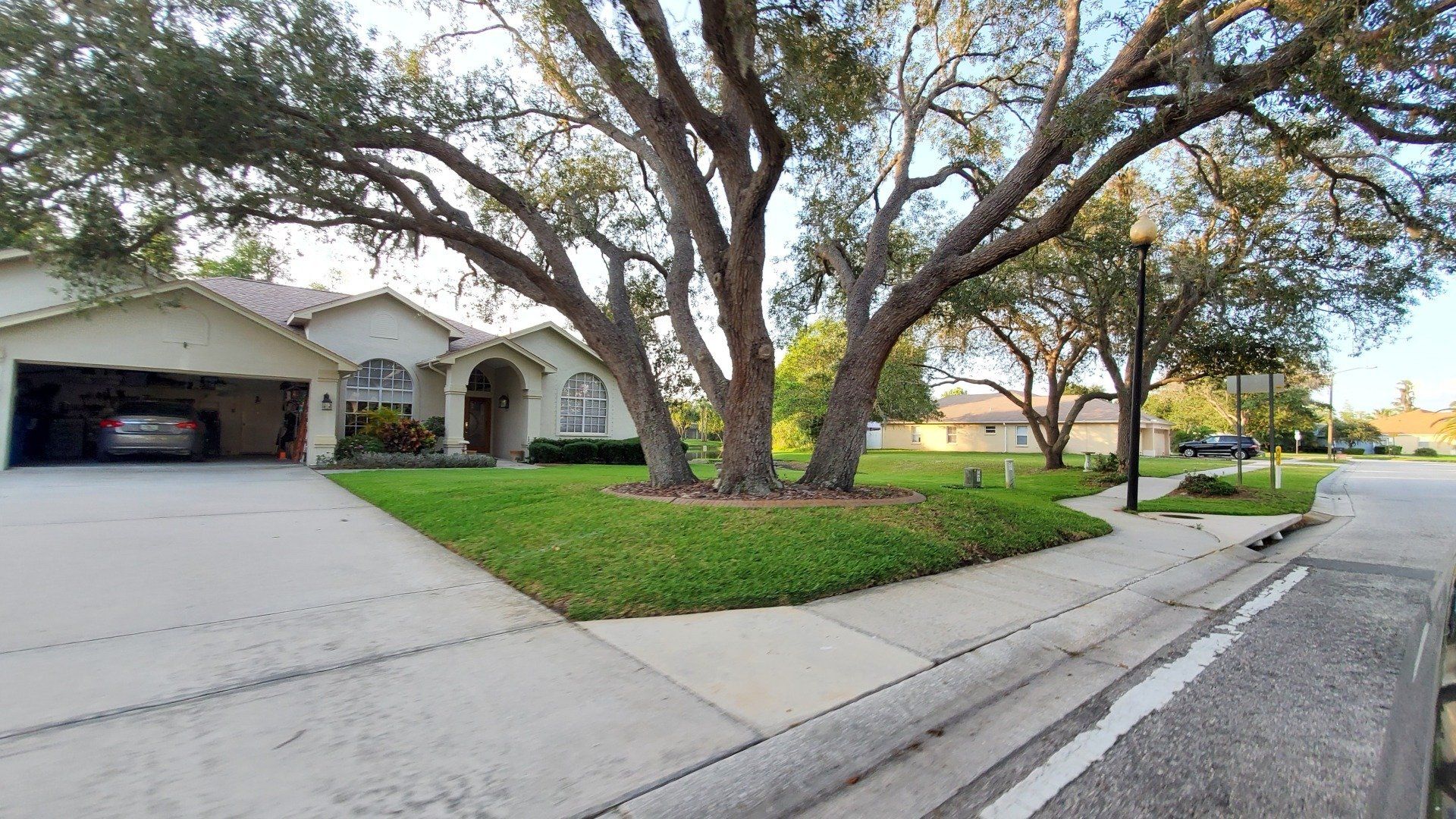Aging in place through home-based care is a leading outcome for seniors
While individual needs and health issues will primarily dictate how a person spends their final years, a new study shows that home-based care is a leading outcome for older Americans. This conclusion comes from a new study by researchers at Rutgers University in New Jersey. Hospice News first reported the findings.
“The aim of this study was to determine the trajectories for place of care in each quarter during the last three years of life among Medicare beneficiaries and the factors associated with these trajectories,” the researchers explained. “A retrospective cohort was assembled from Medicare beneficiaries who died in 2018, and a 10% random sample of the cohort was analyzed.”
The final results were ultimately sorted into three predominant “clusters,” they explained, including home care, skilled home care and institutional care. The far-and-away preference for the sample was in some type of home-based care, according to the findings.
“Nationally, over half (59%) of Medicare beneficiaries were in the home cluster, one-quarter (27%) were in the skilled home care cluster, and the rest (14%) were in the institutional cluster,” the researchers said. “There were large variations by state in the use of services during the last three years of life.”
Home care without a skilled nursing element was most frequent among Medicare beneficiaries in Alaska (81.5%), Puerto Rico (81.4%), Hawaii (72.9%), Arizona (69.2%) and Oregon (68.9%). They were least frequent among beneficiaries from Massachusetts (47.1%), Louisiana (47.8%), Rhode Island (48.3%), and Connecticut (48.6%).
“Our findings are similar to those reported in a recent prospective cohort study using a representative sample from the National Health and Aging Trends Study (NHATS), which also found that 58% of NHATS participants remained at home and 17% transitioned to or died in an institutional setting,” the Rutgers study found. “Our findings are also consistent with the recent downward trend of deaths in acute care hospitals and upward trend of deaths in home and community settings.”
Still, while the primary preference appears to be aging at home, more information is required to fully understand these preferences, the researchers concluded.
“While the majority of older adults spent their final years at home with minimal use of skilled home care or institutional care until the final months of life, 40% had major health service needs,” they said. “Extended use of skilled home care or institutional care was more frequent among older adults living with multiple chronic conditions, including dementia.”
Future research that aims to understand “the health care systems and policy factors that influence place of care trajectories” could help advance refinement of the care experience, health of the population and associated care costs, they added.
Aging-in-place preferences among older Americans are well documented, and the drivers of these preferences have also been subjects of recent discussion. Long-term care is also an increasingly large priority for older Americans.
The reverse mortgage industry often aims to position its product offerings as conducive to the goals of aging in place. The results of the Rutgers study may shed light on the broader considerations that lead older Americans to seek out certain end-of-life care paths, particularly as the U.S. population grows older more quickly.
Have A Question?
Use the form below and we will give your our expert answers!
Reverse Mortgage Ask A Question
Start Your Loan
with DDA todayYour local Mortgage Broker
Mortgage Broker Largo See our Reviews
Looking for more details? Listen to our extended podcast!
Check out our other helpful videos to learn more about credit and residential mortgages.





